





Marantan
Architecture Major Minor
collection of the knowledge and skills I have acquired throughout my education at Cal Poly, the projects included highlight the collaborative and individual works of which I am most proud. Representing a comprehensive journey through various aspects of architectural design, these projects showcase not only my technical proficiency but also the motivational interest to expand my creativity within the world of architecture and design.
Embracing the diverse challenges and opportunities during the past three years, each studio project has been a stepping stone contributing to my growth as a designer. In the progression of my design capabilities, these collaborative projects have been particularly enriching allowing me to engage with my peers and mentors to exchange ideas and see things from a different perspective In honing my ability to work in team settings, individually, I have also pursued projects that push the boundaries of my creative skills. From exploring various programmatic spaces, to ways of architectural innovation, these individual projects also broadened my understanding of how I problem solve and use applications of architectural principles on my own.
Though there is still a never ending journey of learning to do, the progression of my design capabilities in relation to architecture has advanced itself within every passing studio - bringing new opportunities to see my work progress. In refining my skills and contributing towards a meaningful career, my work reflects on not only the basis of my architectural understanding, but also stands as a testament to my dedication and ambition to continuously evolve as a designer.
In tying both my love for design with that of art history, to end the current spring term I spent the last three months studying abroad in Japan. Traveling from Kyoto to Tokyo and everywhere in between, learning and experiencing the ways of Japanese architectural design became something intriguing in my eyes.
Focusing more on the traditional side of things and intertwining it within the modern context, many visits to buildings, temples, sites, and landscapes all tended towards the ideas of being present and in the moment. Through observing spaces where every element is thoughtfully considered and imbued with meaning, I found myself drawn to this emphasis of a storyline - seeing that it coincides with the project, becoming something inspirational as a powerful design move. In blending these elements, I learned to appreciate the value of restraint and intentionality. The experience of space in Japan was not simply about the physical dimension but also about the emotional and psychological impact on the individual. From this holistic approach to design, where simplicity and mindfulness can lead to powerful and evocative projects that resonate deeply with people, has shown me the opportunities to see these newfound ideas within my own projects. Though these strategies were made available due to the limitless design opportunities Japan provides, the embracing of how individuals fully experience a space became something I truly admired during my time in Japan.
FIFTH YEAR THESIS |
For the coming year, though still early to decide on the ideas I wish to pursue, an investigation towards how architecture can express and reinforce cultural identity within a community has always been an interest of mine. After traveling to Japan as well as Korea and the Philippines, I have seen the range of architectural diversity implemented by traditional designs that have become modernly interwoven, yet also have the opportunity to progress and improve. In analyzing how culturally expressive architecture can foster a sense of belonging and pride within a community, my hope is to contribute to the discourse on culturally responsive architecture, promoting designs that not only meet functional needs but also enrich the cultural fabric of the communities they serve. By delving into various aspects of what cultural representation could mean, an understanding of the connection between the built environment and cultural narratives they embody could be something to explore further through my thesis research.
As I enter into the last year of my undergraduate education, my desire for fifth year, similar to each passing year, is driven by a strong ambition to see improvement upon my design and critical thinking skills. In presenting a unique opportunity to refine and elevate my existing abilities, this coming year will allow me to approach my projects with a deep sense of intentionality and to be thoughtful within every aspect of my work. Though I understand that pushing my creative boundaries will be an enduring experience, I am hoping that with the active feedback from my peers and mentors I will be able to immerse myself into an engaging and well-rounded project.
PROFESSIONAL GOALS |
Though my current goals upon graduation are still up in the air in terms of what career field I wish to follow, I hope my continual passion for design will align with my future career interests. Seeking experiences inside and outside of architecture, my desire is to gain more hands-on learning, surrounding myself within an environment that caters towards real-world projects. Benefiting and contributing my inclination for new perspectives of the built environment, my goals not only stand as something to achieve, but to showcase my own growth professionally and personally.
Kyoso no seishin, dedicated to Amaterasu and Susanoo, symbolizes the duality and harmony of life through an experiential journey that reflects the nonlinear pursuit of personal fulfillment, emphasizing a realistic and holistic view of human nature in the modern world.
In the fast-paced world, the pursuit of personal fulfillment often leads to unrealistic expectations of perfection. However, the journey to a pure heart is nonlinear, as demonstrated by the stories of the Kami.
This space is not a display of divine perfection, but an honest embrace of holistic human nature. The shrine itself is a journey, inviting visitors to follow the intertwined stories of Amaterasu and Susanoo as they clash, separate, and ultimately reunite in harmony. The journeys mirror the complexities of life realistic in betraying both hardships and successes.
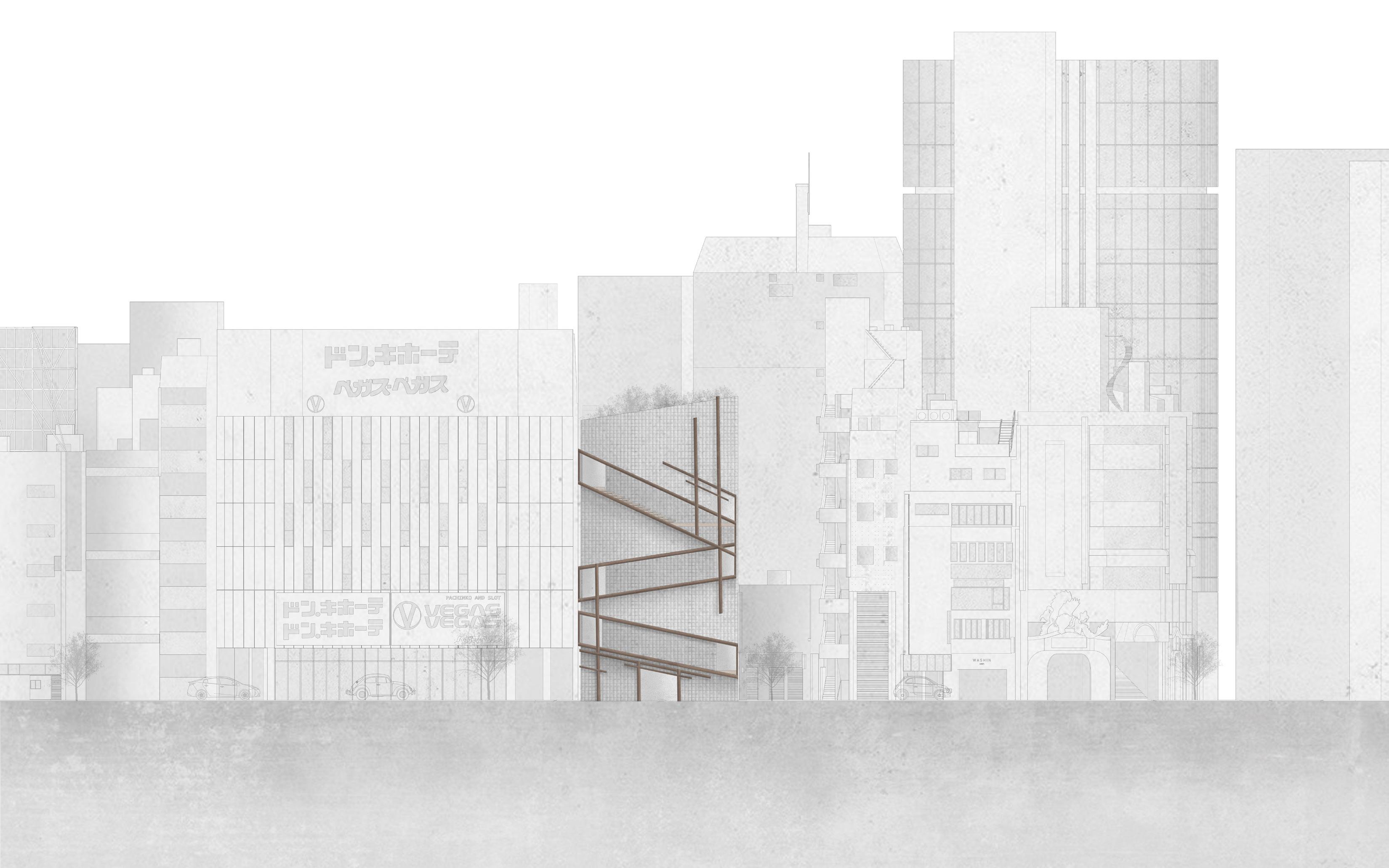
At the journey’s end, visitors will find individual shrines dedicated to Amaterasu and Susanoo, allowing them to reflect on the path they followed and resonated with.

PERSPECTIVE EXTERIOR FACADE | contributed by malia marantan


As a method to attract individuals to the safe haven provided by the warm lighting, the transparency from the IGU glass cubes and the wood elements of the facade take on an inviting moment within the city scape. Though contrasting drastically to the standard rectilinear forms of the neighboring buildings, the draw of the angled facade and asymmetrical layout of the circulation pathways protruding outwards draws the curiosity of the visitor.
Through ways of implementing Shinto ideas - in relation to the storyline of both Amaterasu and Susanoo - the modernized form of the tor-ii gate abstractly placed throughout the facade also creates an interconnecting moment of materiality use and how people move through the space.
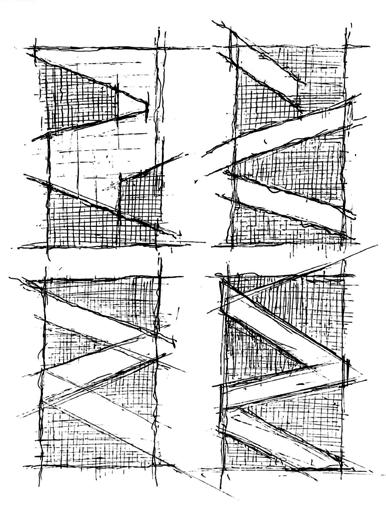



SITE ANALYSIS WITHIN
CONTEMPLATION SPACE
SUSANOO GARDEN FLOOR
LOBBY
JOINT CIRCULATION ROOF GARDEN

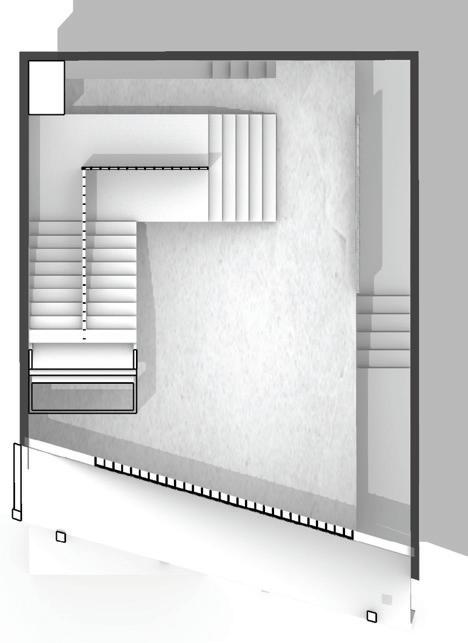
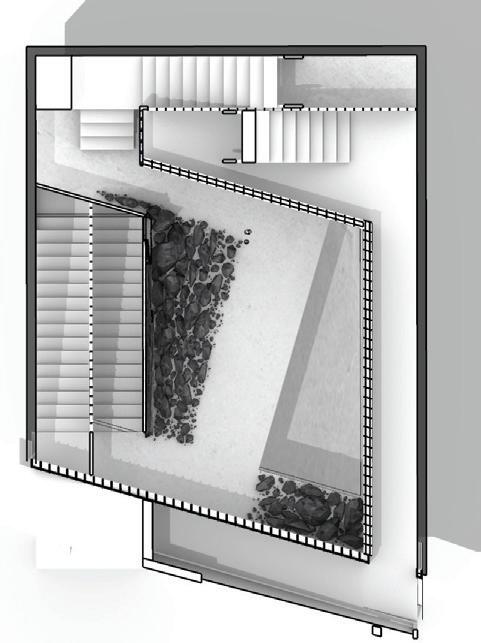
AMATERASU CIRCULATION AMATERASU GARDEN FLOOR
SUSANOO CIRCULATION

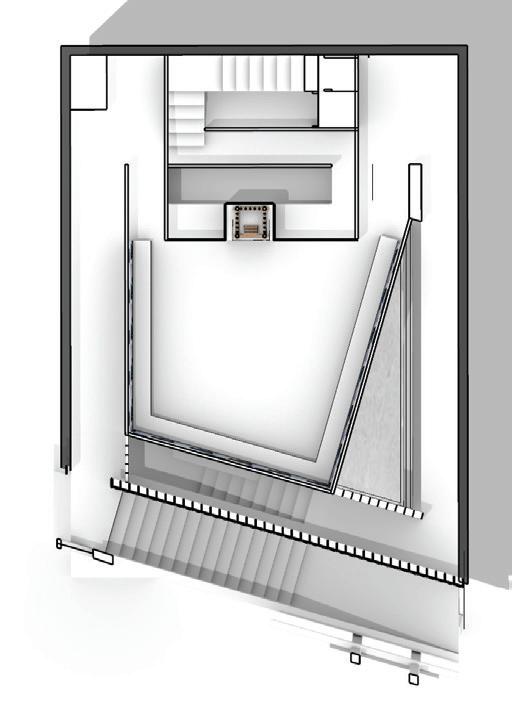

CIRCULATION WITH SEPARATE STORIES | contributed by samuel lee
In hopes of connecting to the storyline of Amaterasu and Susanoo in a more abstract way, an experiential moment of creating two different pathways for individuals to follow along as the ascend upwards becomes the main circulation paths through out the space.
Though seemingly intricate once the two paths conjoin together, the relationship of this design move leads to the final contemplation space where individuals are able to worship towards both kami and follow through to the rooftop garden for further relaxation and contemplation.
THE CITY | contributed by keiko watanabe
Placed directly at the intersection of two major vehicular and pedestrian streets in Shinjuku, the existing site of the project catered as a place to simply pass by without much thought. However, in integrating an angular facade to filter individuals into the spacewhile also allowing for daylight to enter in - this design move not only followed the typical rectilinear layouts of the surrounding buildings but also provided a new twist to attract visitors.


PERSPECTIVE INTERIOR CAVE ENTRANCE | contributed by malia marantan
Ground floor area simulating the “cave” where individuals begin their journey descending downwards and then proceeding upwards to the main lobby space
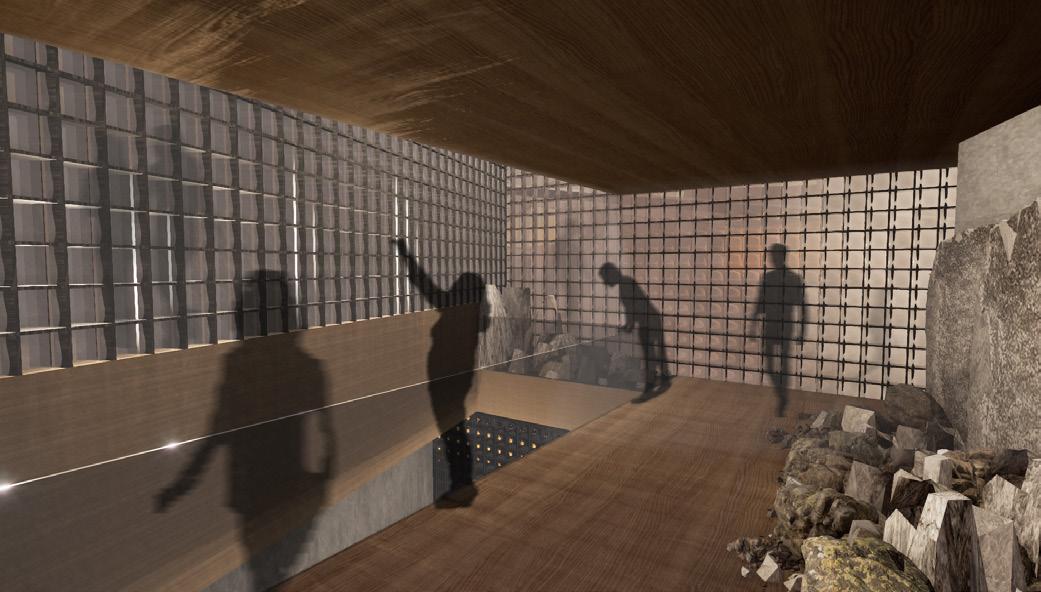
PERSPECTIVE INTERIOR SUSANOO’S GARDEN | contributed by keiko watanabe
Dimly lit with a dark atmosphere representing Susanoo, the space contains a rock garden simulating the roughness and asymmetry of his character
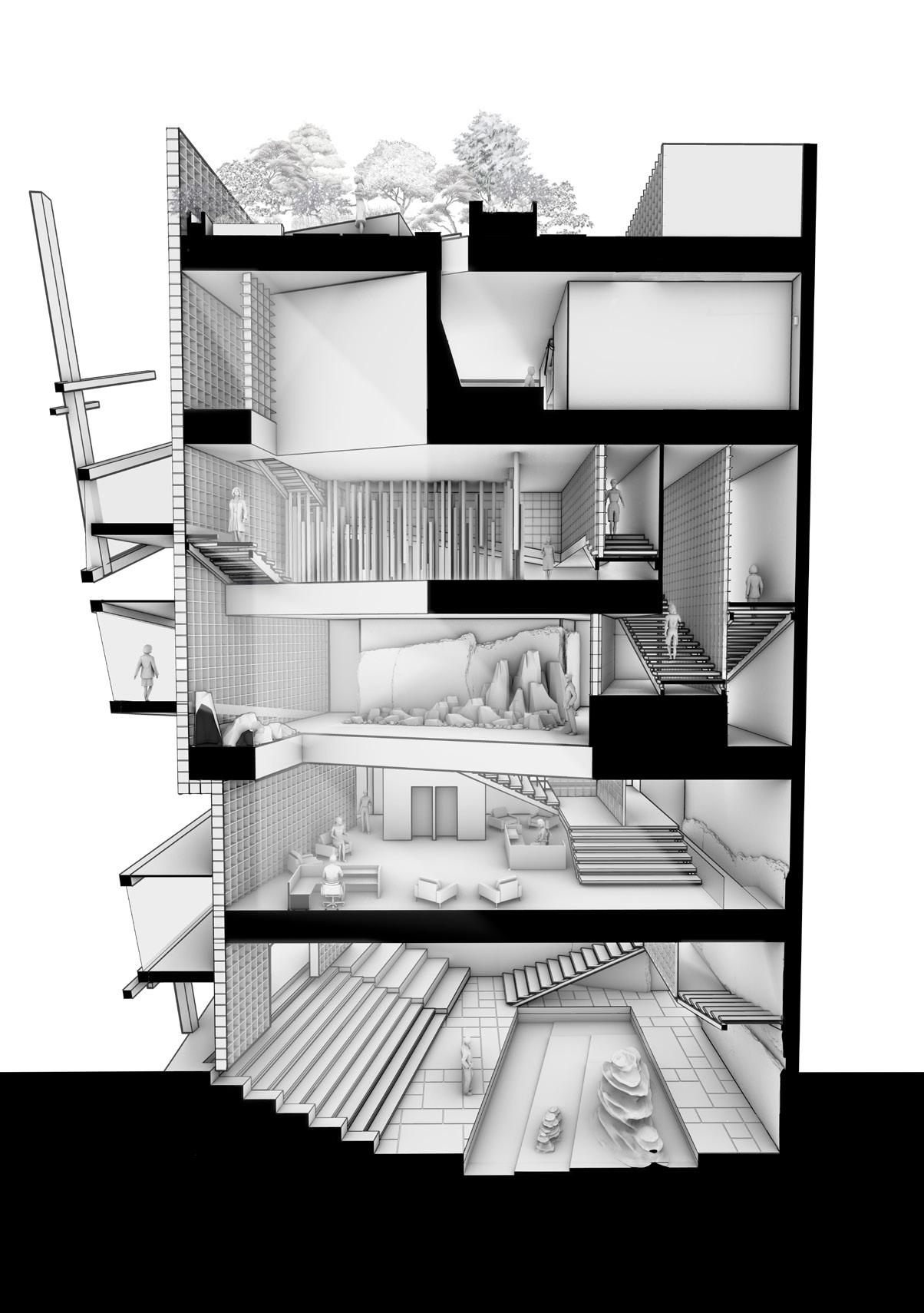
PERSPECTIVE INTERIOR SECTION SOUTH | contributed by keiko watanabe
Observing the use of the atrium to visually connect each floor to each other

PERSPECTIVE INTERIOR AMATERASU’S GARDEN | contributed by keiko watanabe
Contrasting to Susanoo, the space is lit up with both natural and artificial lighting with a wooden sculptural garden representing Amaterasu’s warmth and rays of sunshine throughout the space
PERSPECTIVE INTERIOR SECTION NORTH | contributed by samuel lee
Observing different lighting conditions of each floor based on materiality usage

As part of the St. Louis Gateway Decathlon Competition, the Node inherits an abandoned factory building along the coast of the Mississippi River attempting to revive itself as a center for learning and living.
Combining both the historical past and the possibilities of the modern future, the Node contributes to the ideas of material sustainability and what adaptive reuse can look like.
Constructed from the structural skeleton of the existing buildinggutting out the floors and creating a central atrium space - the efforts of preservation became an integral design strategy.
Set as a pre-fab and residential project, the building takes on multiple different ways of experiencing and circulating through the space - from new visitors wanting to see the prefabrication process first hand to the residents living above in their individual units.
Though seemingly intricate as three overall projects combined into one, the complexity of the Node adheres to each and every individual.

PREFAB | contributed by carlos garcia
Connecting the viewing experience the prefab process, elements of bridges between the existing building were added as well as other programmatic spaces
DESIGN PROCESS | contributed by keiko watanabe
Beginning with an initial idea of focusing on the individual experience, a way of branching off into different experiences as one moves throughout the project also began to take place
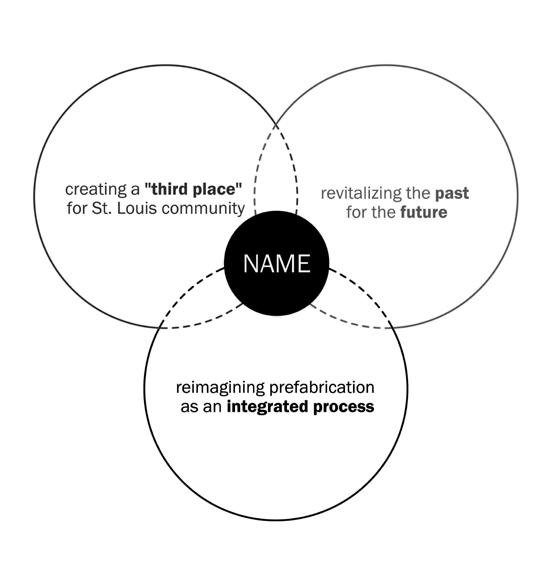



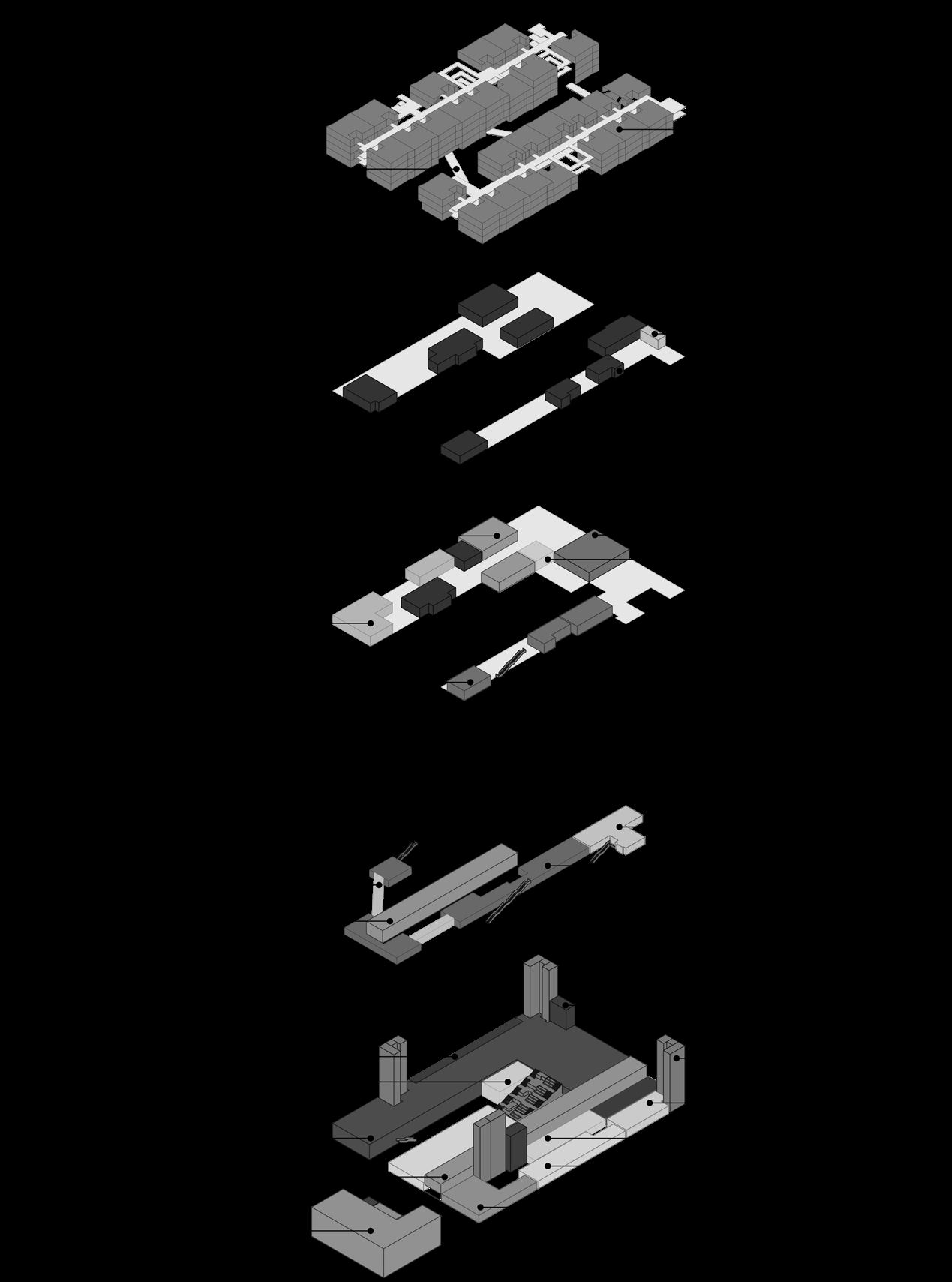


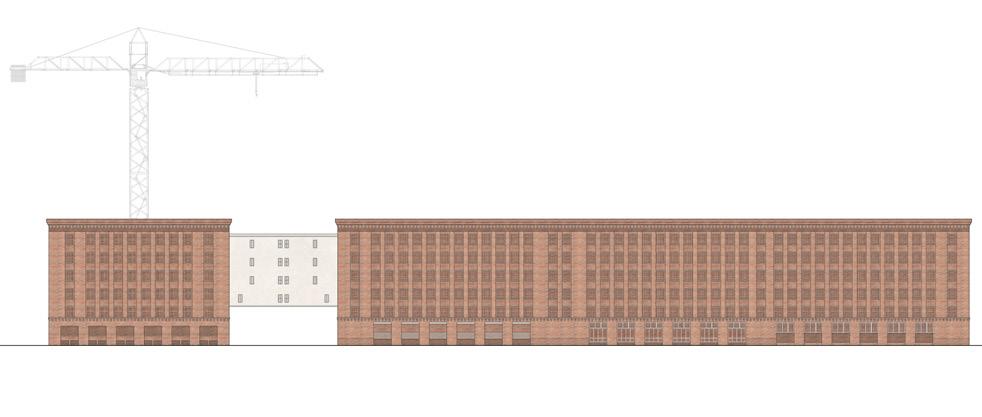

FACADE CONCEPT | contributed by malia marantan
Observing the original exterior and ways to preserve and repurpose the brick, an integration of new apertures and additional materials onto the top of the existing building creates a moment of restoration and efforts towards sustainable practices
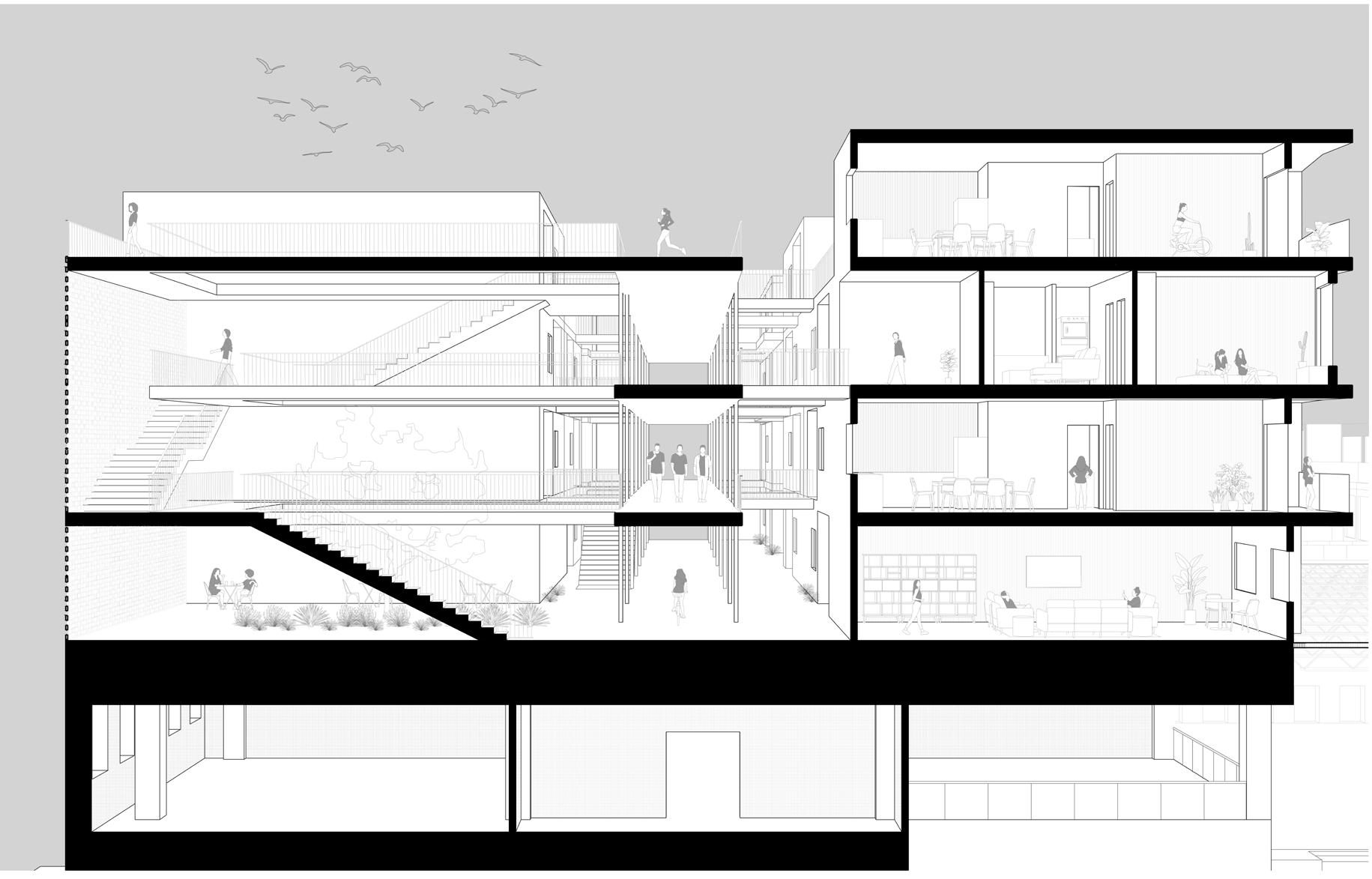

As a seemingly separate portion of the project, the neighborhoods sitting atop of the existing building provide spaces for residents to dwell and gather. With an initial concept of stacking, leading to shearing, shifting, and finally subtracting, the layout of the units within the neighborhood open up other opportunities for programmatic space to take place.

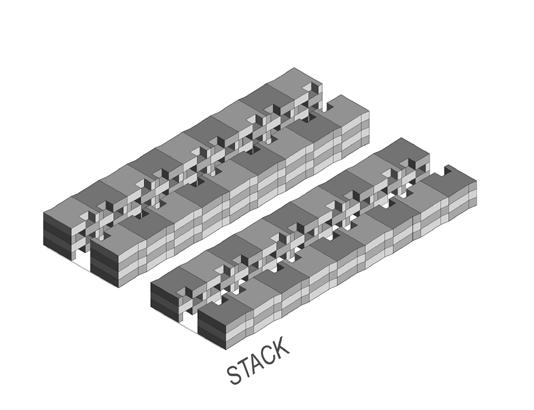
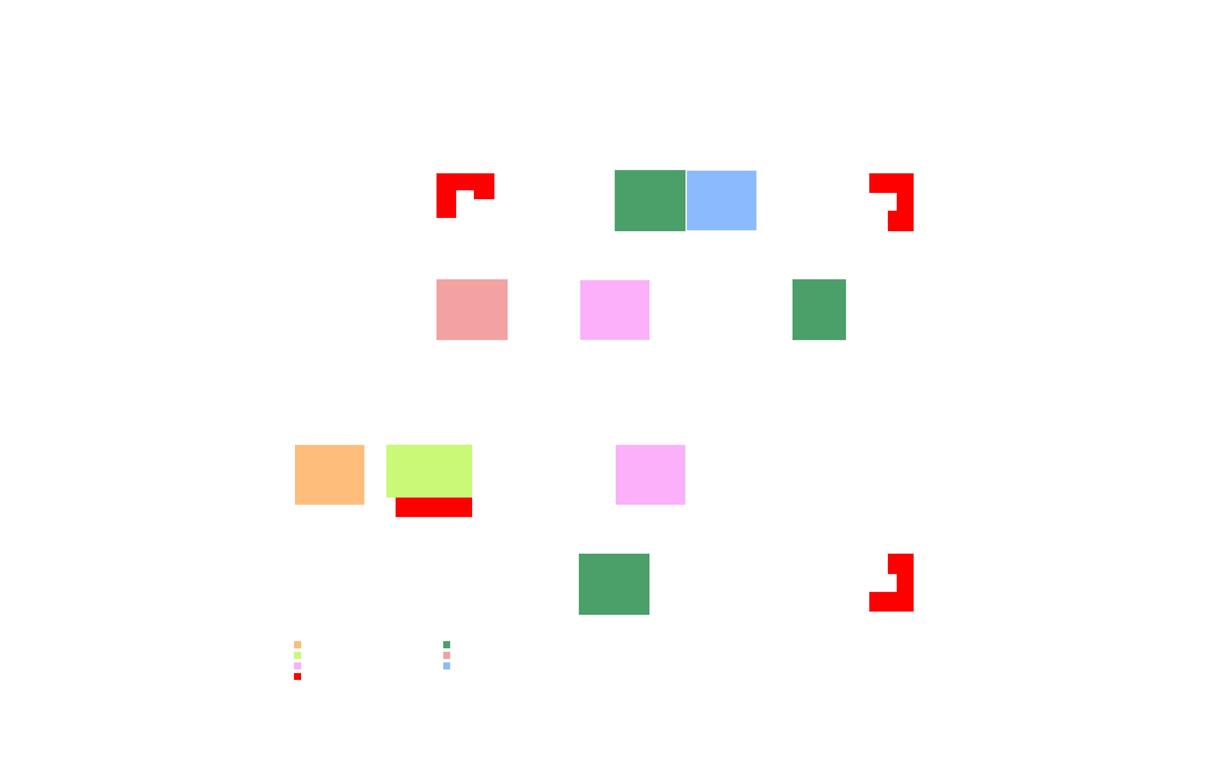

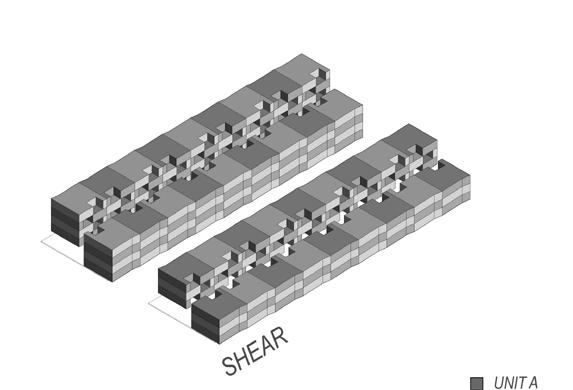
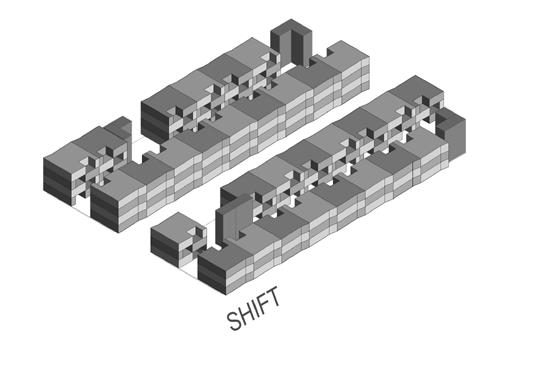

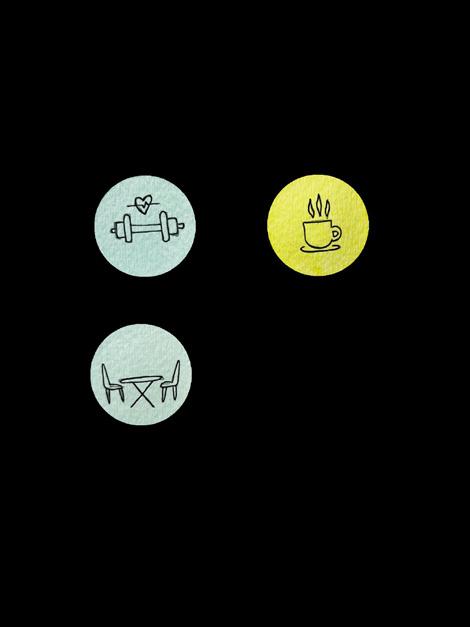


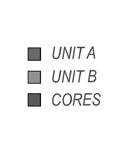
















The Units | DIAGRAMS
As the final portion of the overall project, the units take on the deliverables of the decathlon with integrations of mobility and adaptability of the user. Though considerations to reuse existing material of the building were added, an emphasis on creating a “kit of parts” for functionality became the mode of design. formal layout of the four different types of units stemming from two main forms exploded axon views of each strip unit and exploded modules into their respective parts observing how they would be transported to the site given the standard dimensions
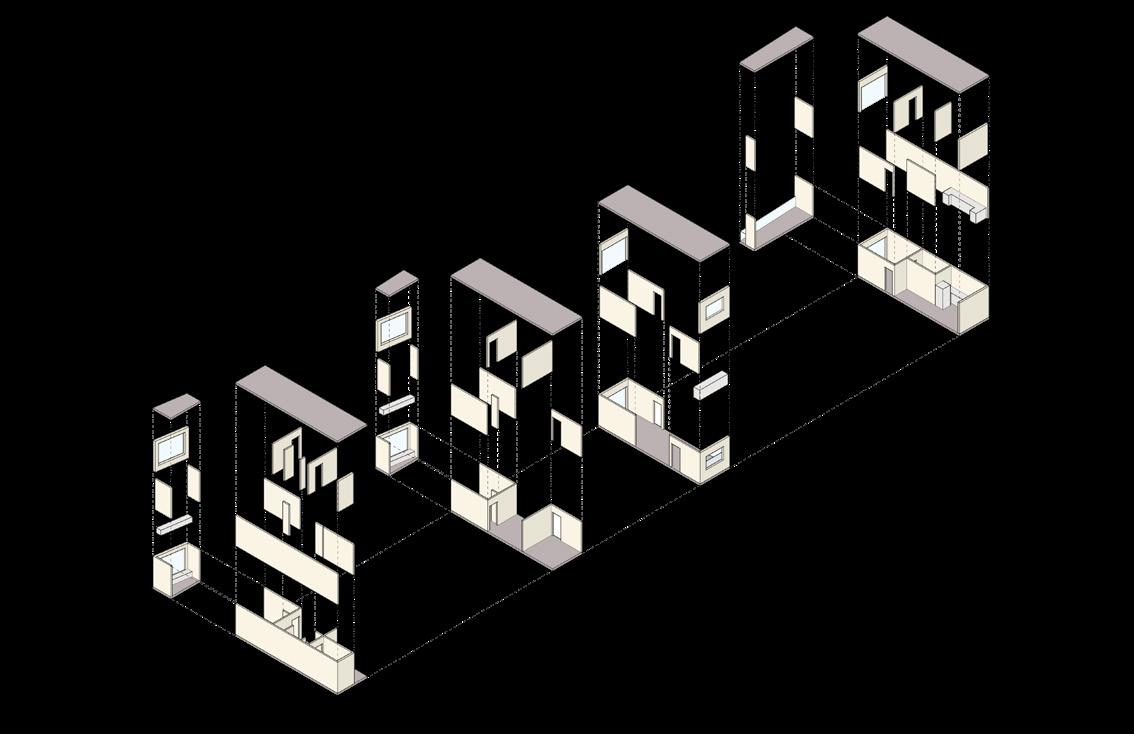
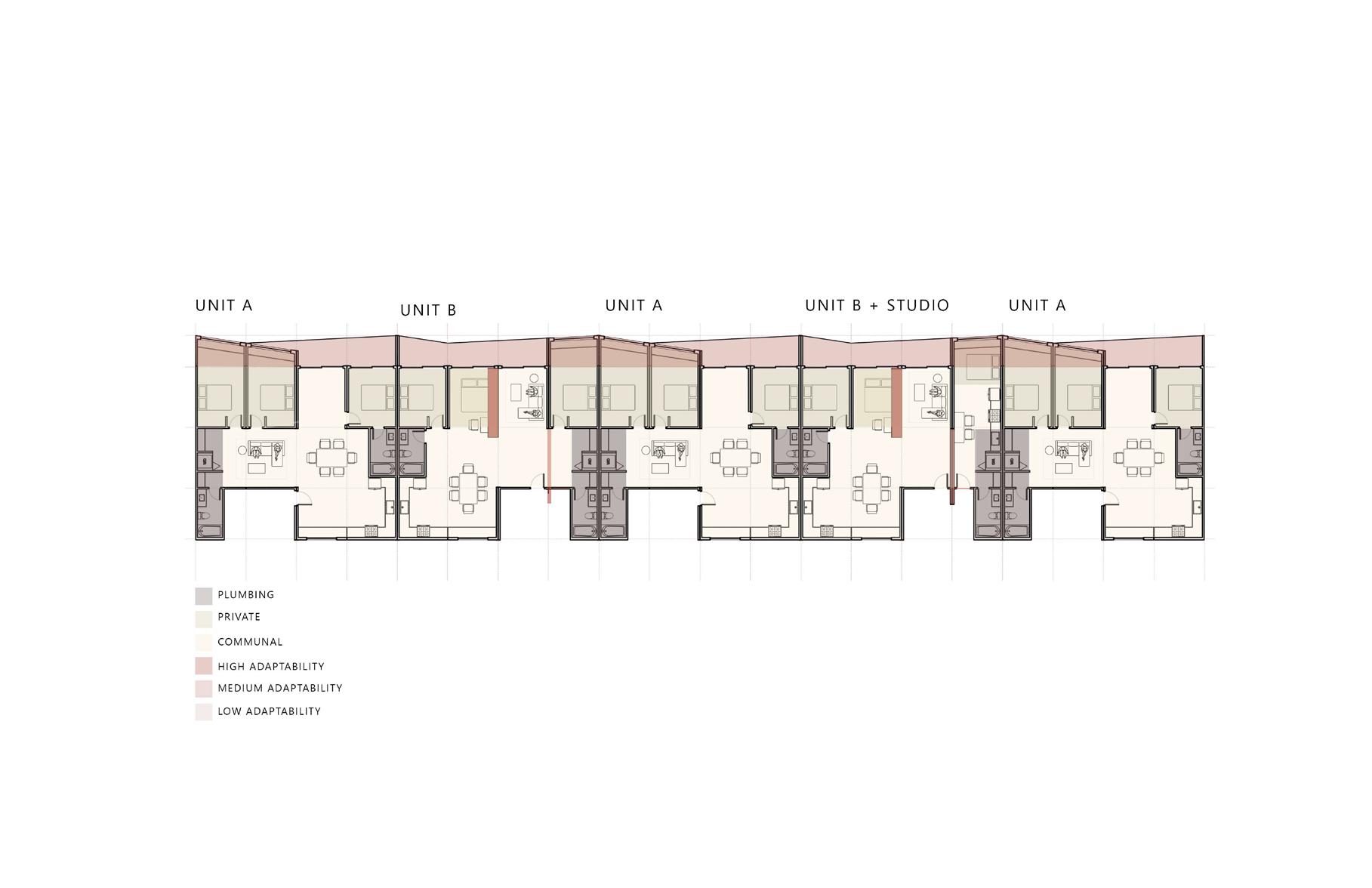



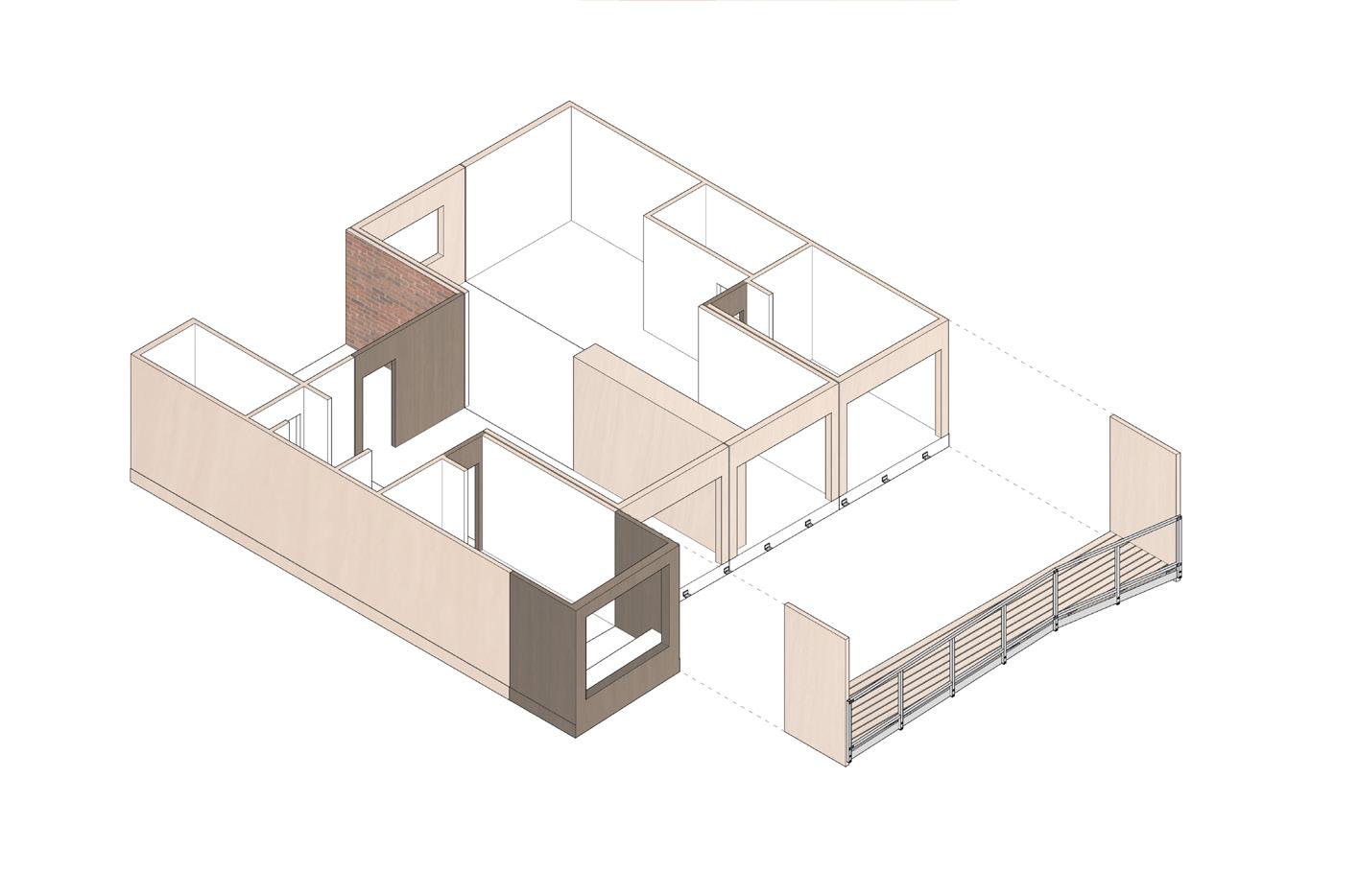







Responding to the existing site of Boyle Heights across from Downtown Los Angeles, this performance building - dedicated to the mariachi culture and history - attempts to intertwine the cyclical nature of Mariachi Plaza with the northern site, using facade elements of solid and void to create distinct views and daylight opportunities.
Through the use of concrete, timber, and translucent polycarbonate, the project functions as an inner and outer experience for visitors to interact with the surrounding environment and have a new space for functioning celebrations, events, and other performances for local mariachi bands within the area.

Though serving mainly for the mariachi band performances, the center also functions as a community center for the local community for educational purposes of study spaces, gallery exhibitions, and historical teachings of the city and its upbringing. Where, as a center for gathering, it creates a specified space for those in need, adding to the culture of the city itself rather than gentrifying it.
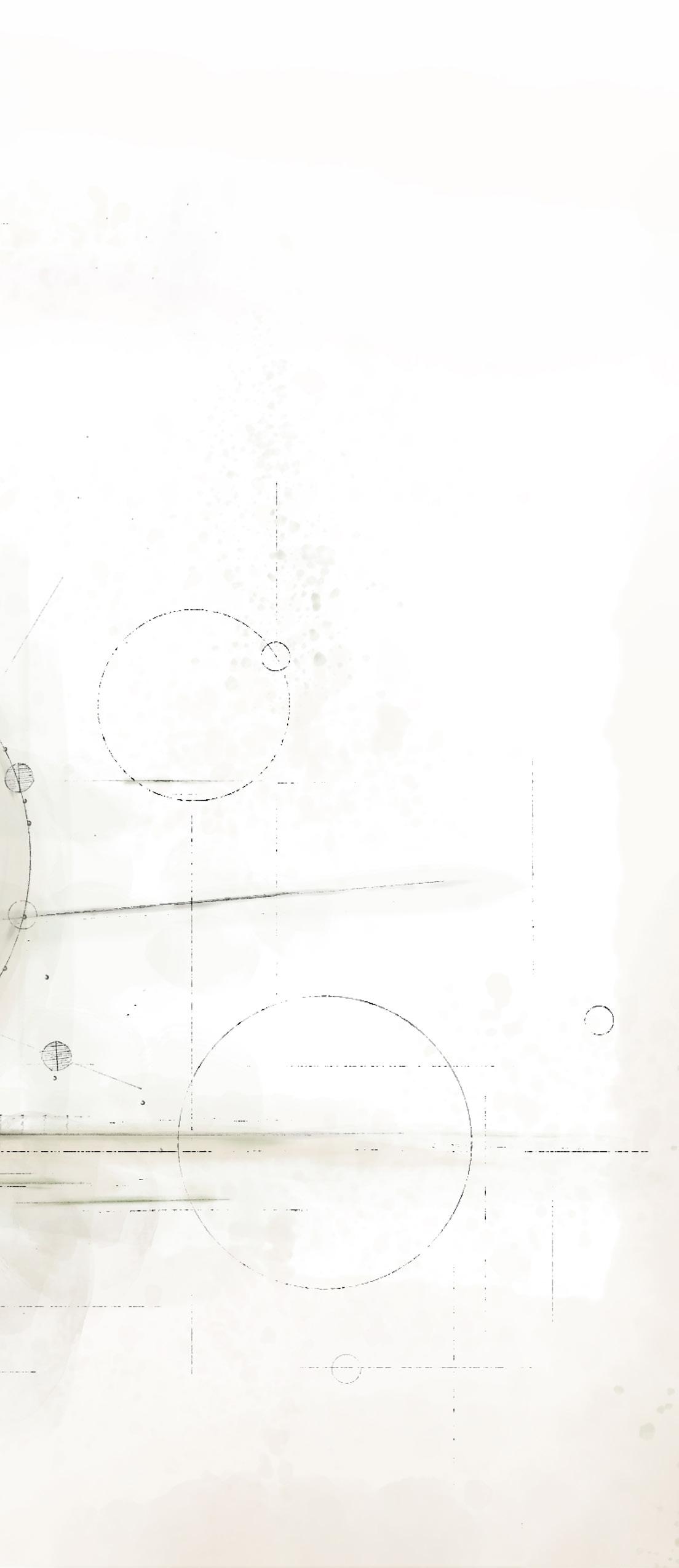

VISTA FRAGMENTADO ONE DRAWING |
An abstract dialect between radial geometry and voided forms within the relationship of Downtown Los Angeles and City of Boyle Heights. Emphasizing notable landmarks, the two bring together multiple similarities raising question to how they can be connected further through a singular design..
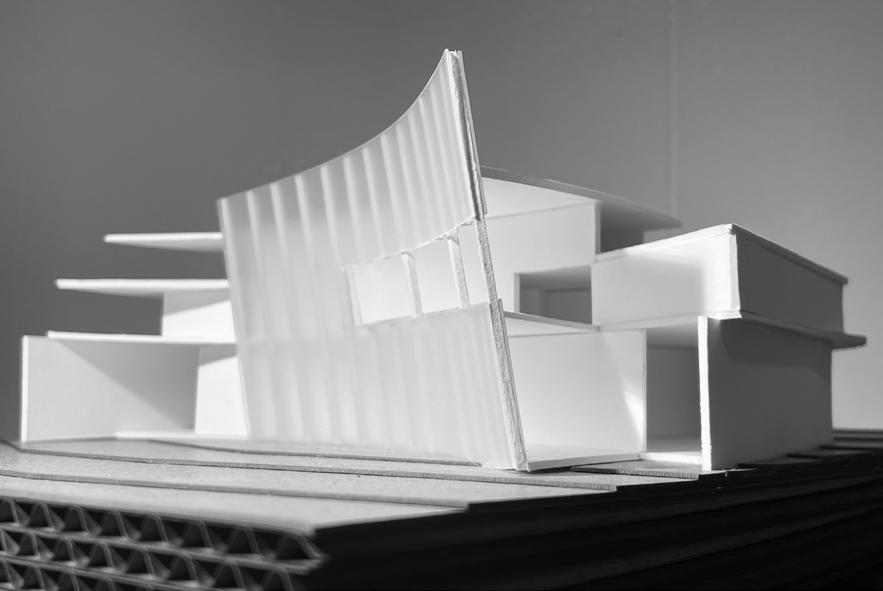


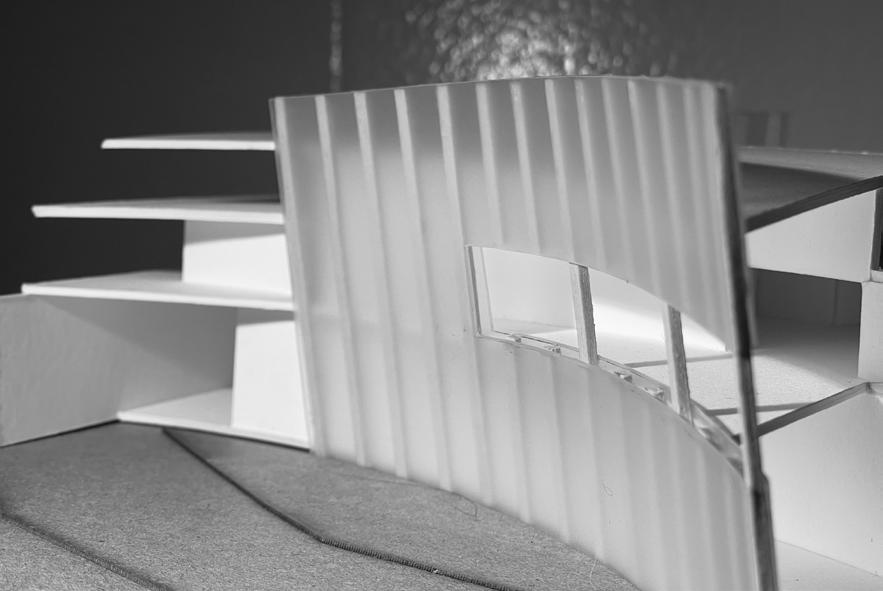




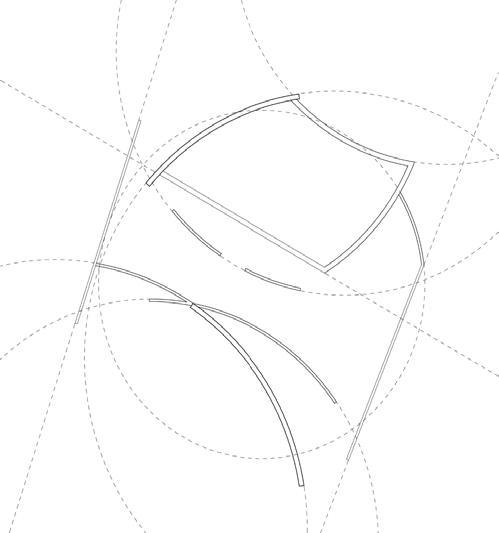
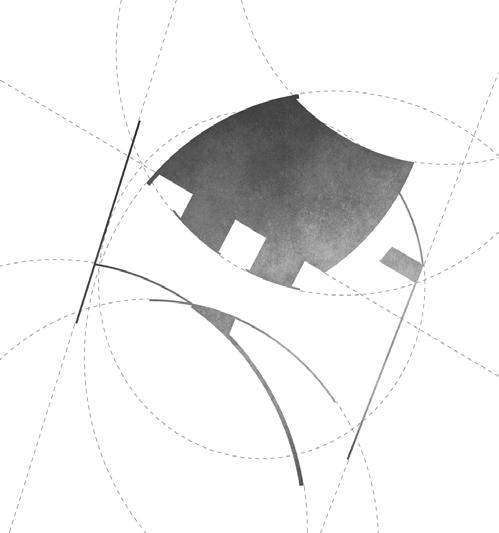





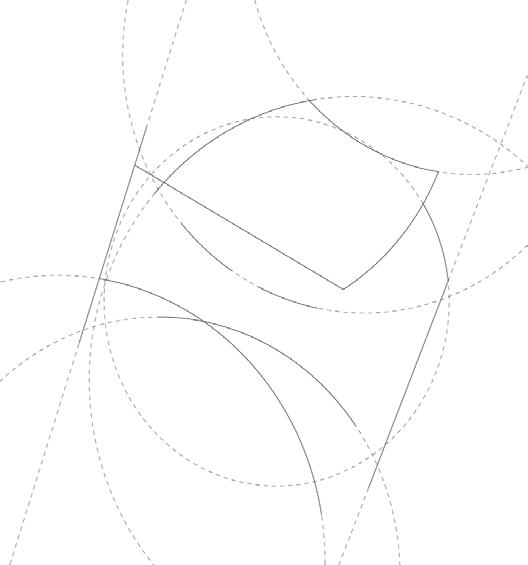

PROCESSES OF INTEGRATION |
Starting with the radial form of the existing geometry, layers of solid and void erupt in the organization of the different programs as well as the circulatory experience within and around the project. With a large emphasis on the front facade facing towards Mariachi Plaza, opportunities for viewing spaces were implemented as crucial.
With two separate entities of riverfront and ground plane native to the selected location of the site, this climate change center offers an opportunity to engage with the greater community of Chicago by intertwining the access connections from the water’s edge to the manipulated green space - holding a strong stance on how harmonious and interactive they can be collectively.
In similarity to the previous implementations of the Chicago Riverwalk, the elements composed within this project hone towards these ideas in thriving a once forgotten site.
Although these unique moments generally bond within the ground - ironic to the emblematic nature of Chicago’s high rises - the organic continuation and flow keeps it unrefined as a dynamic building that changes in similarity to the exhibits it holds.
Through the uses of sustainable materiality as well as applications of daylighting strategies, the project functions as a collaboration between the outside environment and its interior - giving opportunities for the community of Chicago to limit its need for additional high-rises and opt for more integrated projects that better suit towards local needs.

In the 20 weeks of research, analysis, design process, and integration, the final presentation represented the collectivity of architectural systems and concepts I have developed over the two quarters forming a singular project that encapsulates my understandings of how site plays a large factor of how a building functions. Though the elements of design were difficult in their processes of always iterating and changing, the final product resulted as a multi-faceted project that was complex yet understandable in its detailed components.
Observing situations specific to the site itself within the outskirts of Downtown Chicago along the Chicago River, my desire was to choose four different design approaches to make this project well-rounded - those including design for water, design for ecology, design for communities, and design for integration. Through these concepts, specificities of each part of the project pave opportunities for the project to adhere to many elements of what makes a building functional and useful in the long run. Although the process is always up for continuation, the 20 weeks allowed for a more in-depth look of what this project could be.



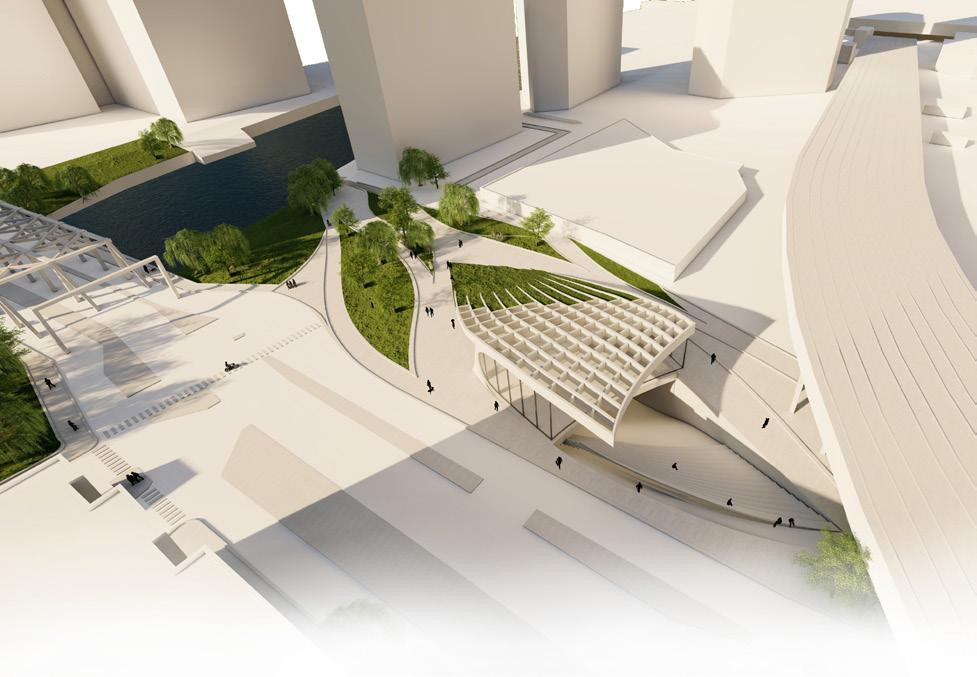




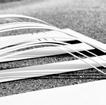
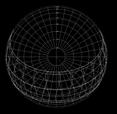




















































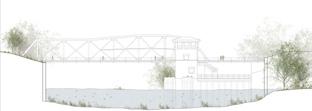
























































































































































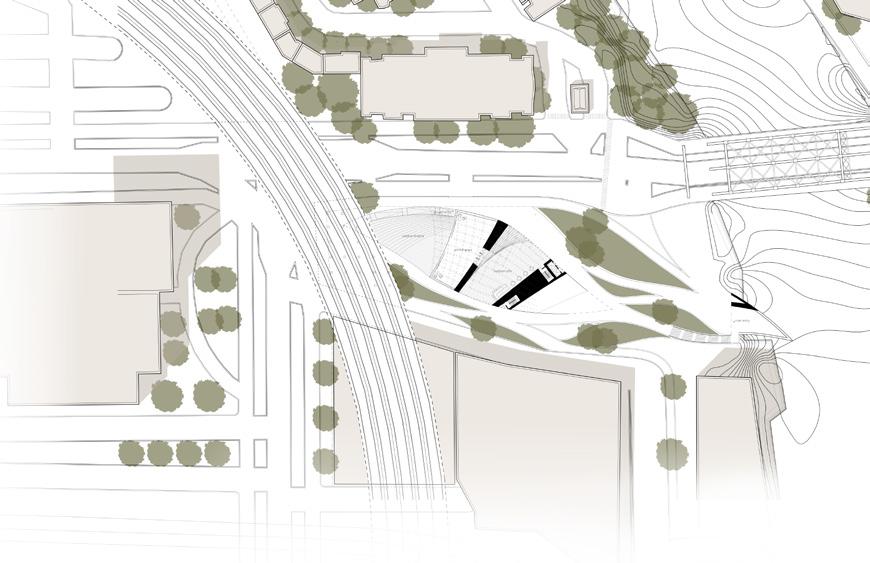





















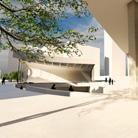






























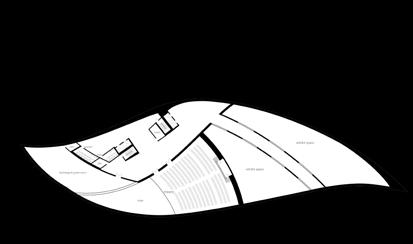




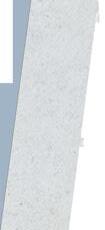










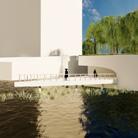

















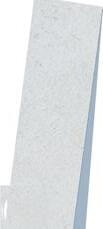






























































































































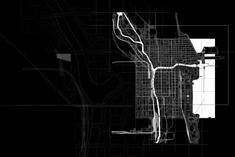




Continuous concrete material formed organically creating movement through the spaces



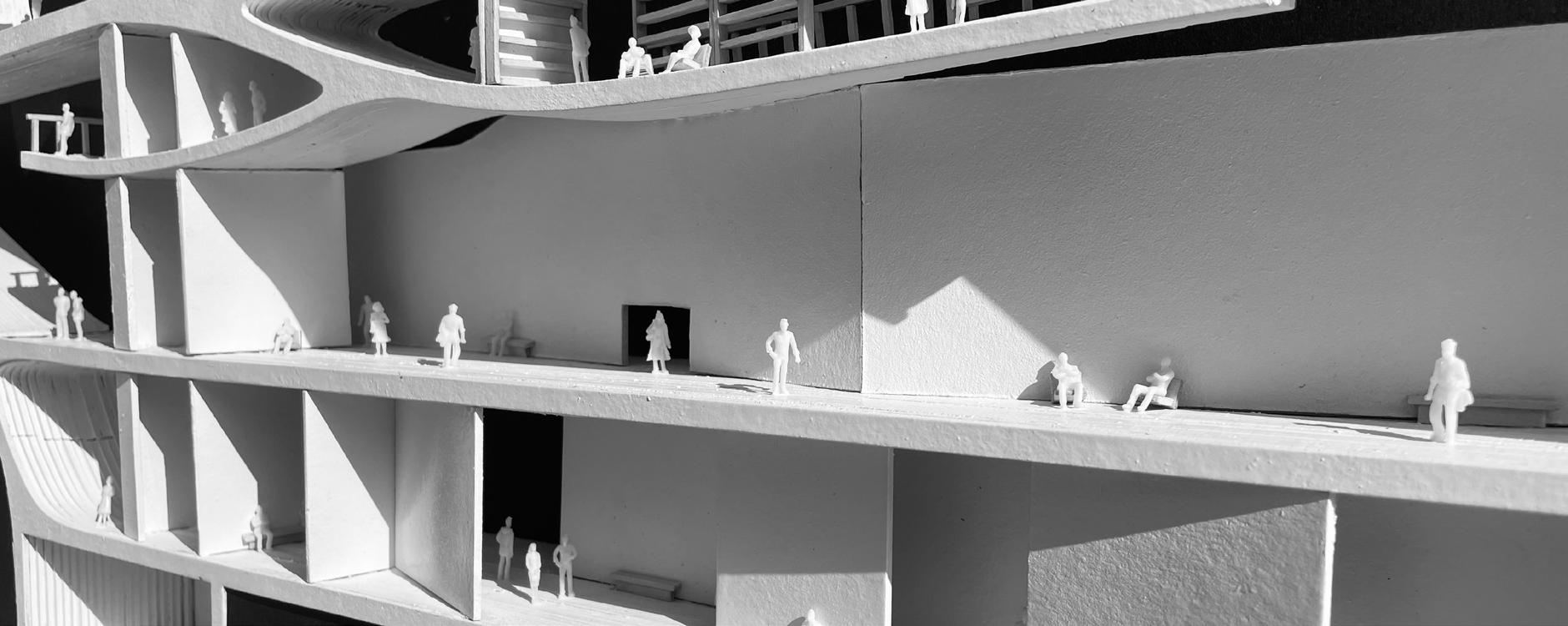





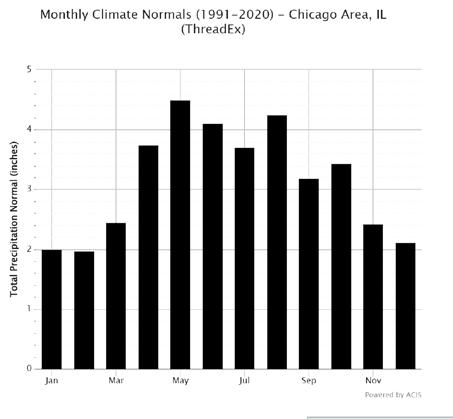
URBAN HEAT ISLAND EFFECT |
vulnerability as a met ropolitan area which causes a 2 degree increase especially at night but includes a moderation from Lake Michigan’s lake breezes
WATER CONSUMPTION |
The project could be estimated to consume 2,500,000 gal/yr, the site could yield 1,450,490 gal/yr or 60% of it’s annual demand if all rainfall could be collected and stored
DESIGNING FOR WATER | CONSTRUCTED EDGE
through the perpendicular intersection of the project to the Chicago River, visitors have viewing and accessible entrance moments where the water becomes a critical area of reflection and highlights the downfalls the city has placed on it throughout the years

SITE ANALYSIS + DESIGN CONCEPTS |
Locational aspects in relation to the site’s close proximity to the Chicago River where large and small scale imagery provide context of the site. Through additional research into the Riverwalk as a design contribution, questions of how to implement this were initiated.



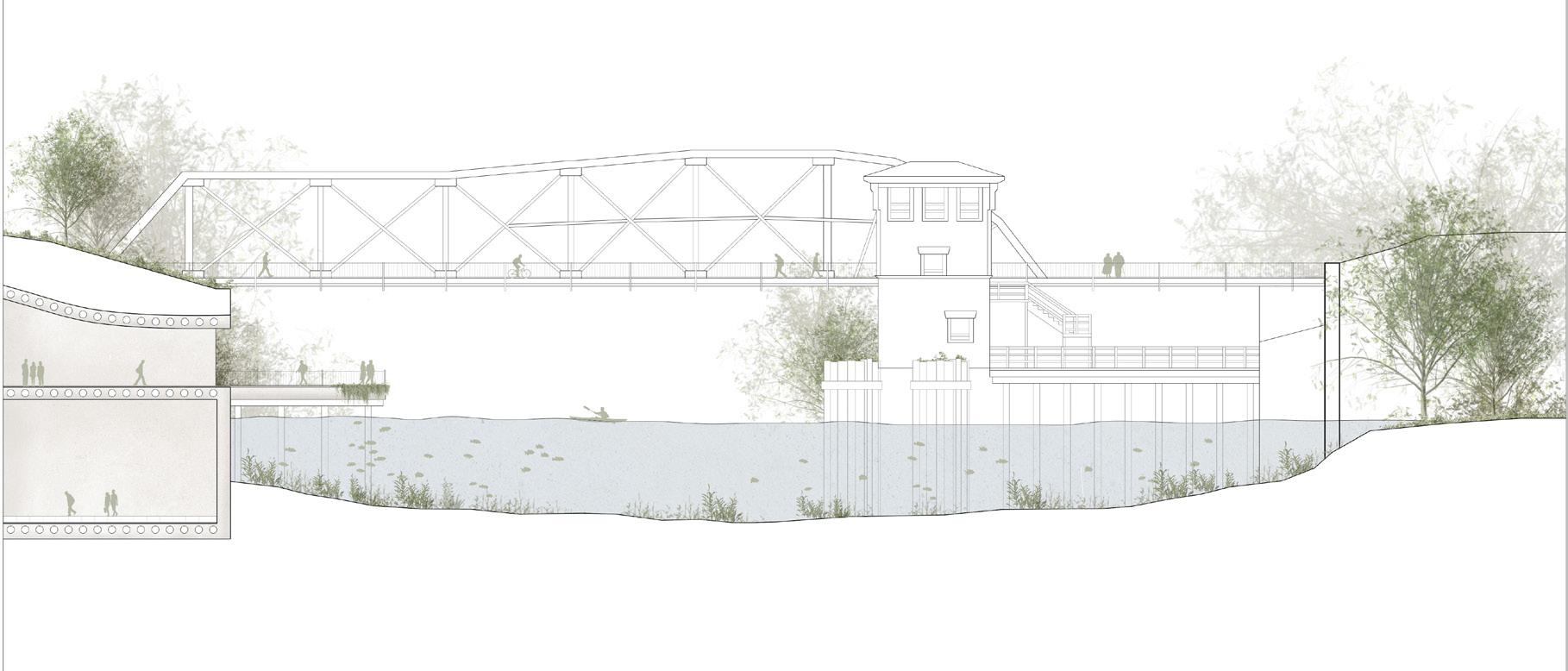

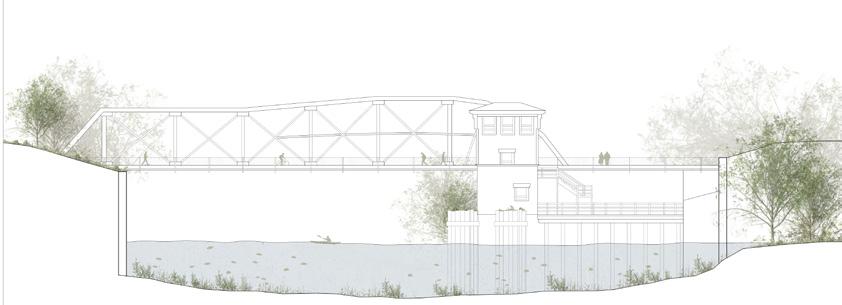

DESIGNING FOR COMMUNITIES | RIVERWALK CONNECTION

with the location of the site being in relative proximity to the riverwalk and the districts of Chicago, multiple modes of transportation are able to be accessed by local and visitor individuals where proposed concepts of design integration were formulated by the city in hopes to attract towards the community
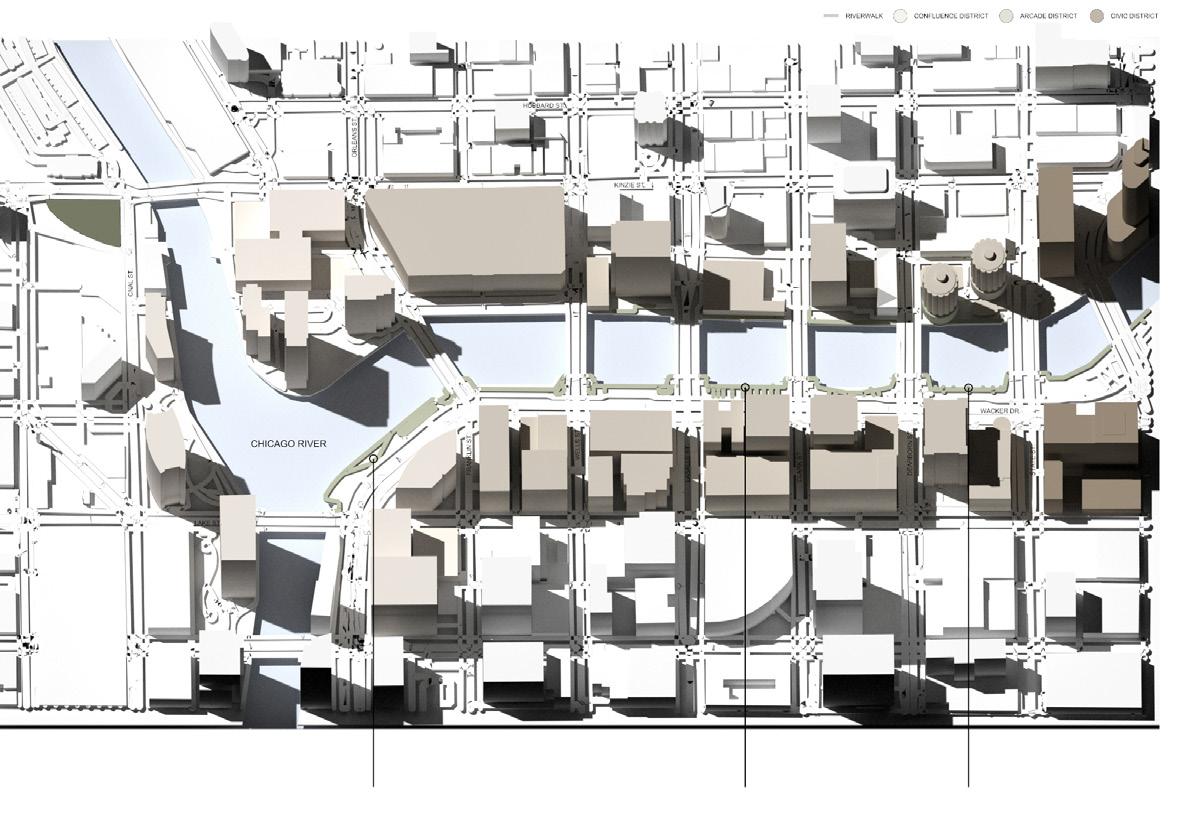








DESIGNING FOR ECOLOGY |
RIVER ECOSYSTEMS
in conjunction with visitor needs and opportunities, the placement of native flora and fauna alongside the site utilizes the existing river ecosystems to live alongside new integrations - benefiting all living things that reside in the area and creating a cohesive environment
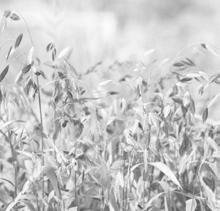


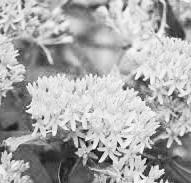
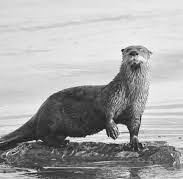
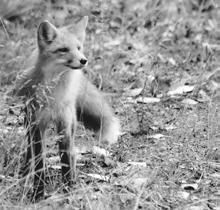







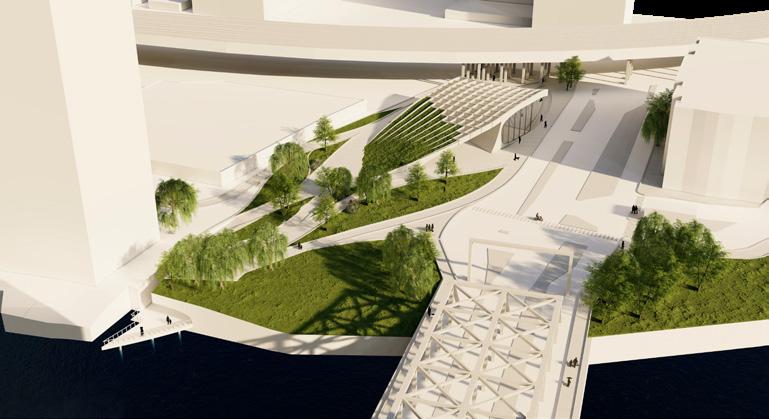


DAYLIGHTING + PERFORMANCE APPLICATION |
Utilizing a gridded aperture layout for the daylighting strategy of the gallery spaces, the form follows the curved nature of the interior space where diffuse lighting offers an even distribution throughout. Noting the detailed aspects of each aperture based on past museum precedents, the skylight model focuses on multiple layers of glazing and inclusion of a light reduction layer for further diffusion of light.
From this, elements of the performance systems factor in these ideas in addition to the conditions of weather and changes of the seasons throughout the year.



















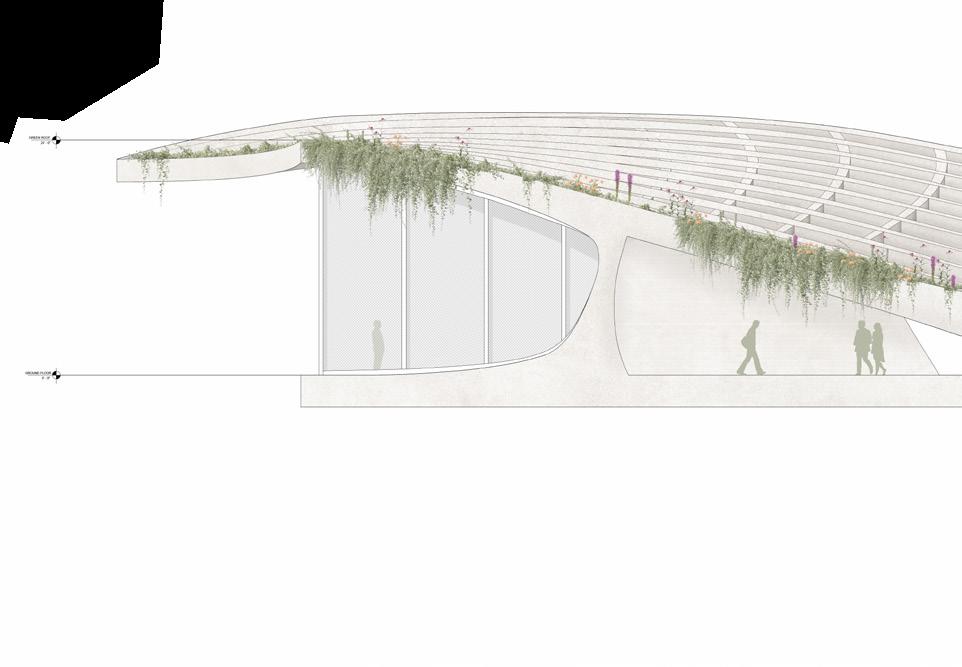




































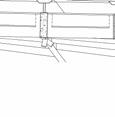







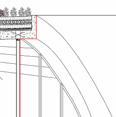




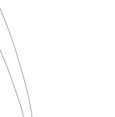


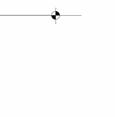

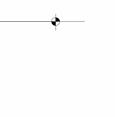


























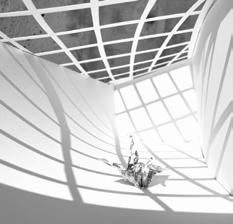










































































































































































































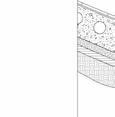


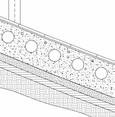













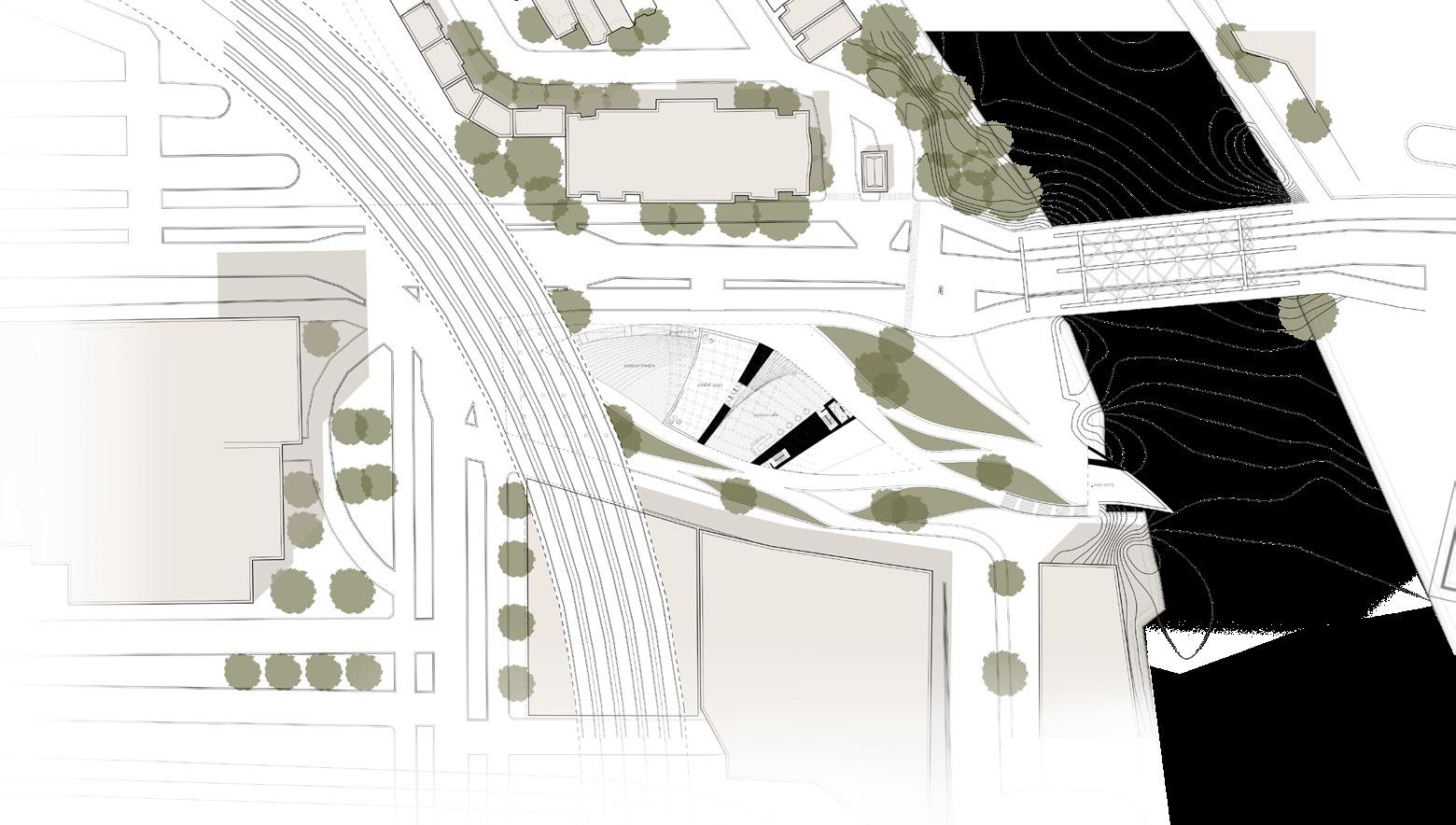





















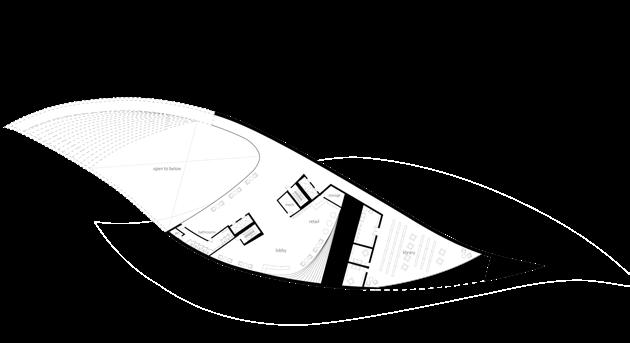
Adopting to the organic language emphasized in the initial parti models and sketches, the plans and urban form in corretion to the site offers a new way of movement for visitors to wander through the project - noting the ideas of two entities of the ground plane and river intersecting and meeting together underground.


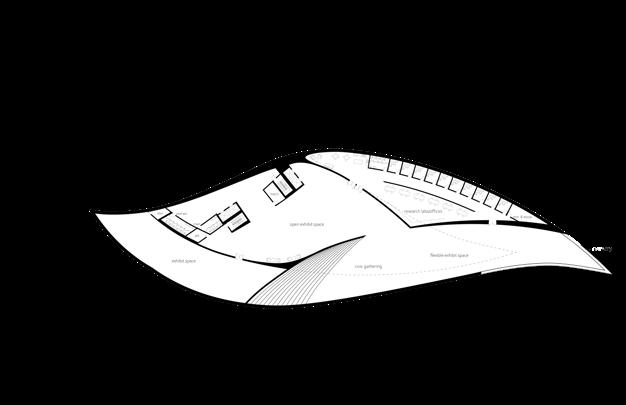



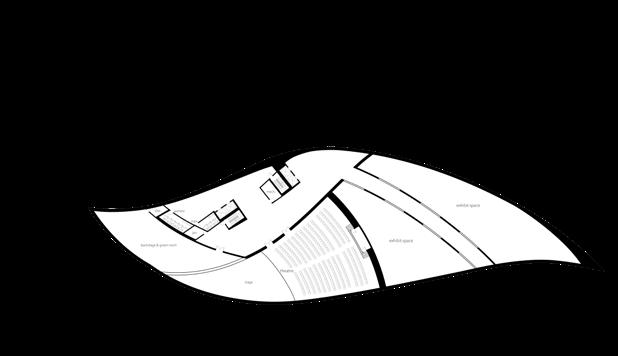
Though the organic shape of the project in plan is rather complex and ‘out of place’ within the context of the site, the addition of formated and manipulated landscape that relates to the geometry of the project allows for the flow of this new language onto the site scape - making it less irregular within its rectilinear surroundings.


